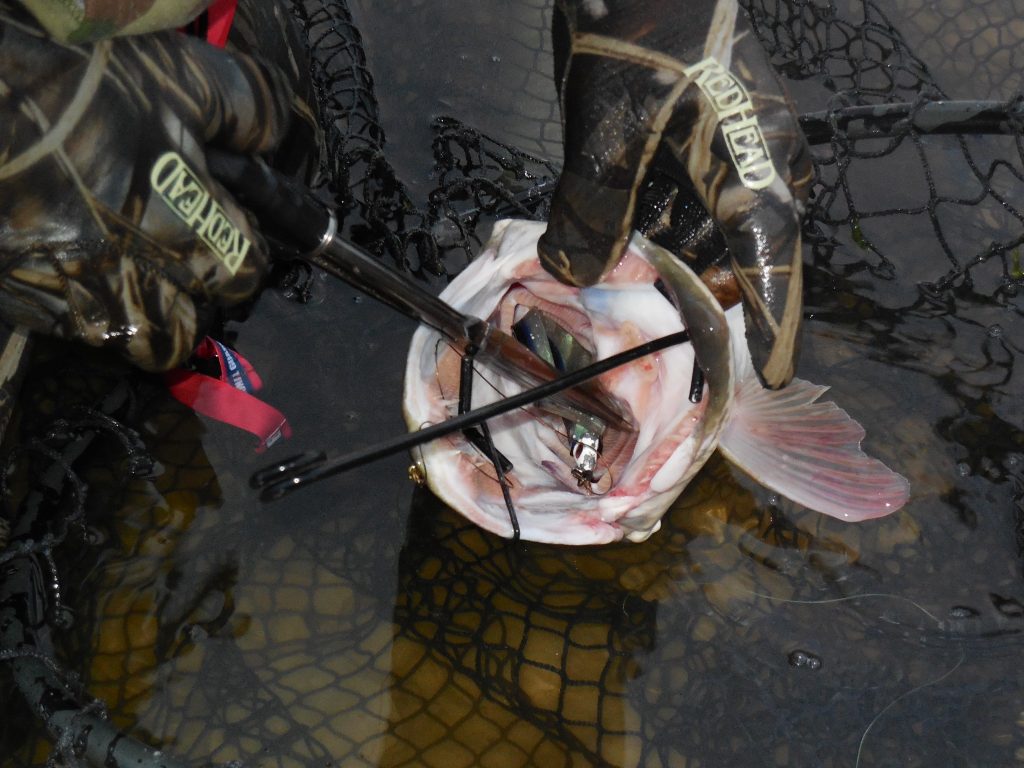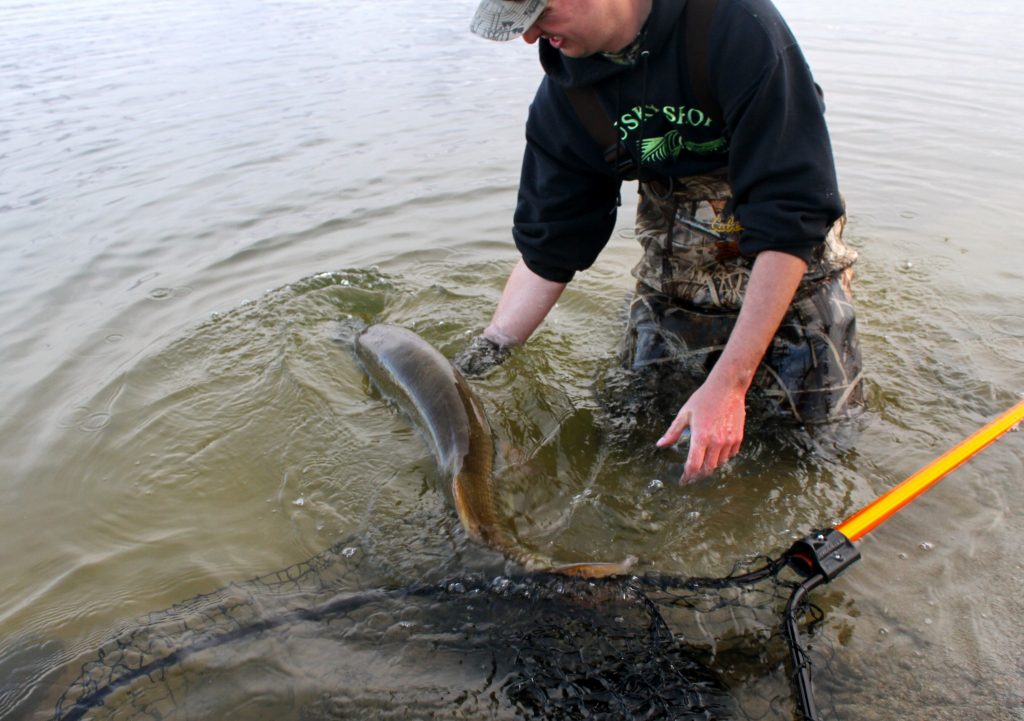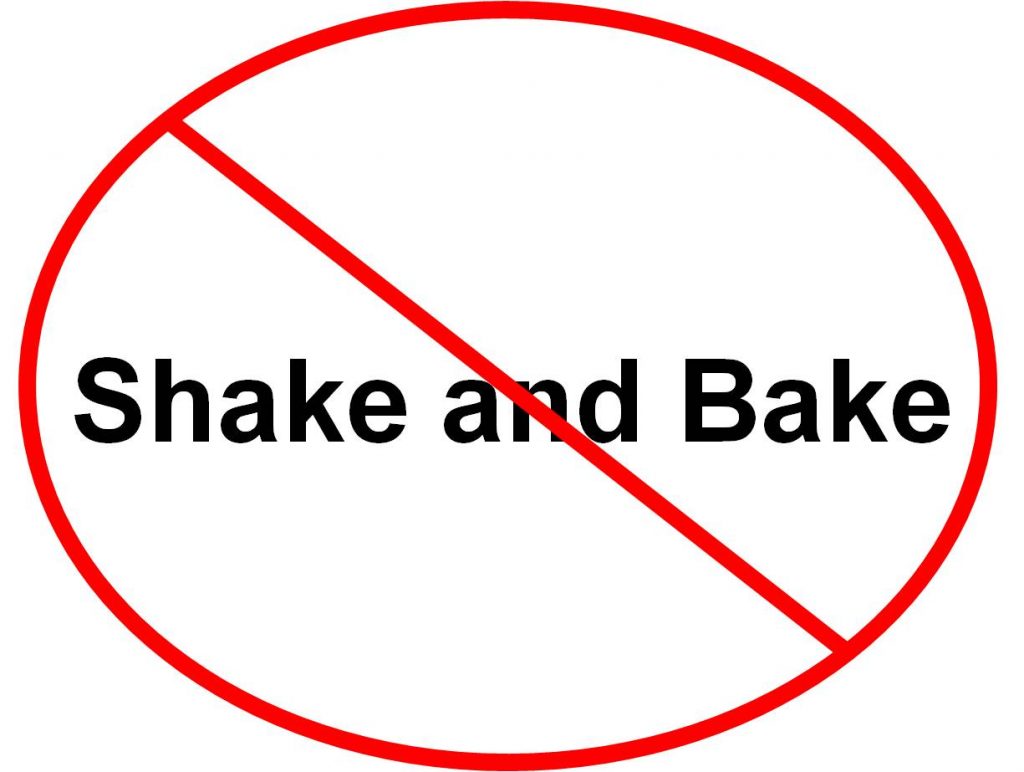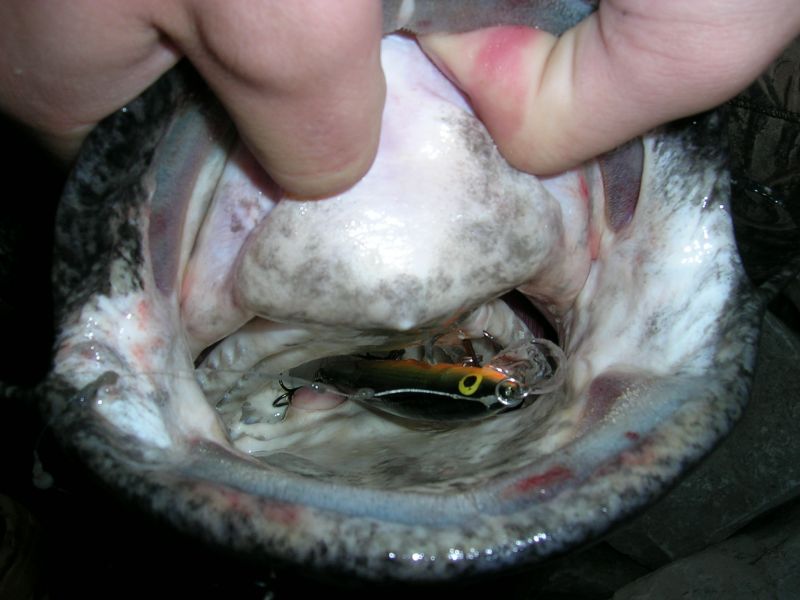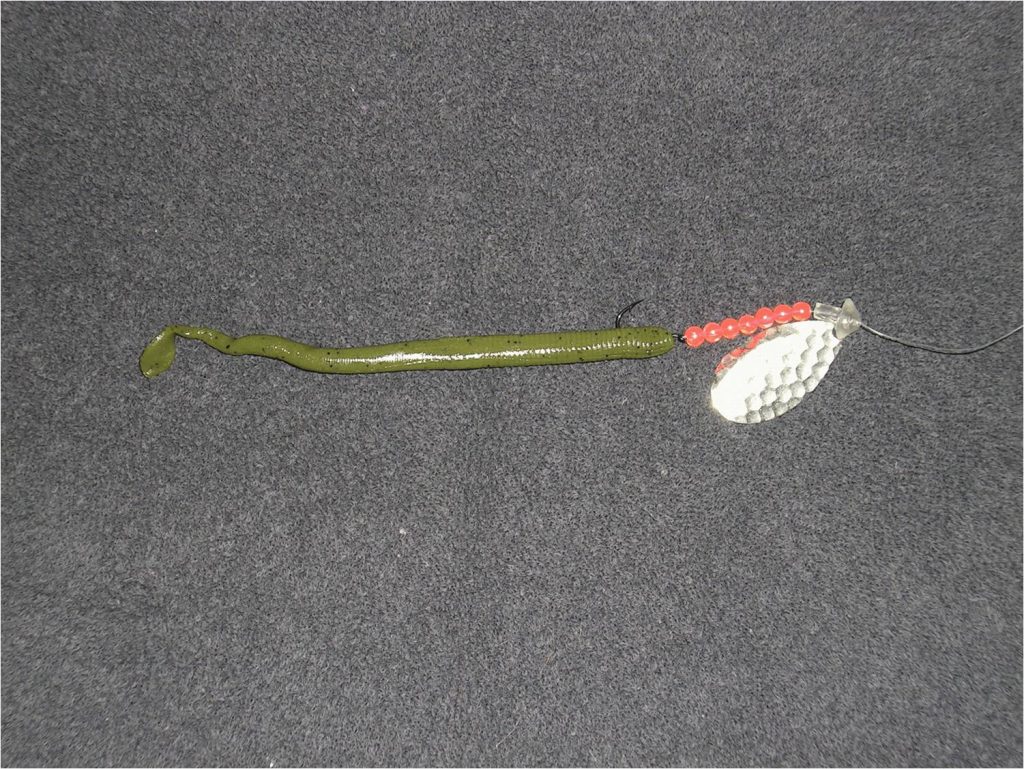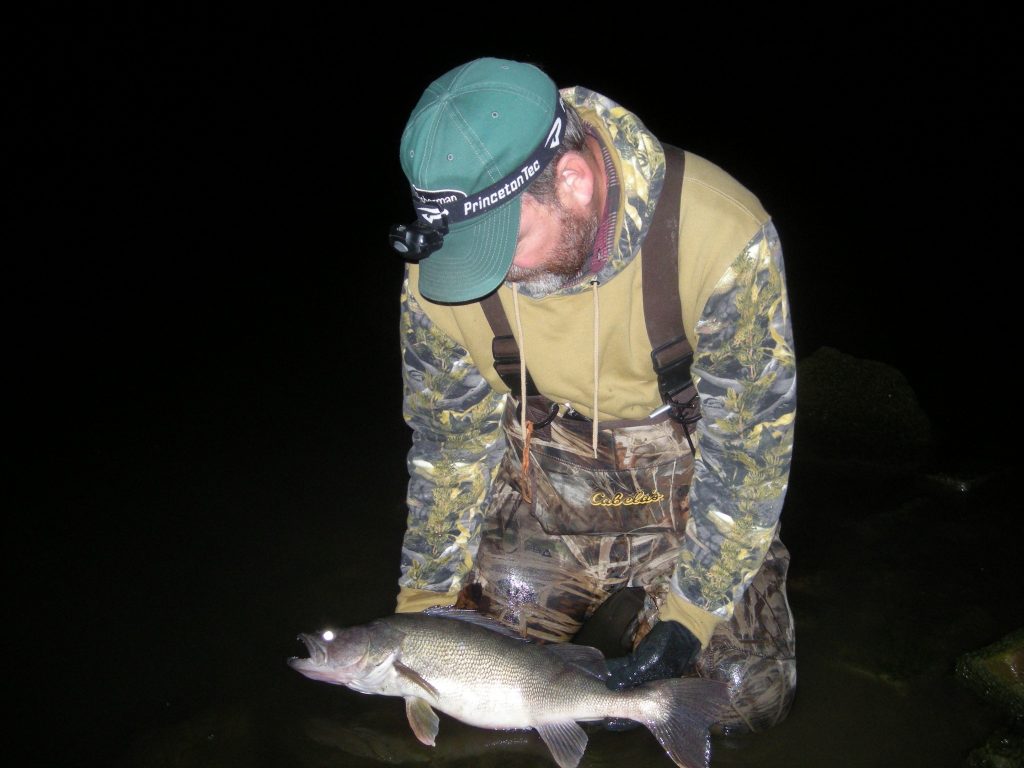I was going to blog about something different today, but I just heard some talk about hot Walleye bites on Nebraska reservoirs and folks having problems releasing fish that they by regulation have to release. I do not know why this is any kind of a problem any more–we have had a variety of length limit regulations for a variety of species for a lot of years now and catch and release is a routine part of fishing! Either by regulation or by choice you will be releasing fish!
So, you might as well learn to do it right!
First of all, let me address a complaint that I continue to hear, it goes something like this: “All those fish smaller than the length limit have swallowed the bait and are going to die anyway”. There is no doubt that hooking mortality is a part of all fishing. The only way that no fish will perish from being caught is to not catch them. However, length limits are very effective fisheries management tools even with hooking mortality because of one simple fact: The hooking mortality of those released fish is less than the mortality that would be experienced if all those fish were going home in the back of someone’s pickup. The more fish that are released in good condition, the better a length limit regulation will work and the better the fishing will be for everyone.
Let me review some basics on fish handling, so that released fish have the best possible chance to survive:
Use the Right Tool
I do not care what you are fishing for, you need some tools to assist in removing hooks. Needle-nose pliers are standard and will work for most of the larger predator fish you might catch. However, I particularly like extra-long needle-nose pliers because they will keep your hands farther away from the hooks in a flopping fish, and for large predator fish you might need that extra length to reach hooks in the first place.
For our largest predator fish, Catfish, Pike and Muskies, you also should have a good pair of jaw spreaders. My jaw spreaders have come in handy more than once for big Walleyes, Bass and Wipers too. If you have ’em, you might be surprised at how often they will come in handy!
Panfish need smaller tools for hook removal. Forceps or “panfish toothpicks” work great. The best “forceps” and clamps I have used have been Dr. Slick’s. Yep, they are a bit more expensive, but they are worth it.
Or, speaking of hook removal tools for panfish, how about minimizing deep-hooking in the first place?! Watch the first half of this video to see what I am talking about:
Naturally, you need a tool to cut line, clippers, nippers, scissors, knives, whatever. You better have several. If you know a dental hygienist, do NOT tell ’em you use your teeth to cut line!
I would recommend a pair of gloves if necessary, especially for big fish or fish with sharp teeth and sharp gill covers (which are a lot of them). If you can handle a fish without gloves, with wet hands, that is good, but if a pair of gloves allows you to control the fish, to keep from dropping them, then use the gloves! Neoprene gloves work well and there are several other good fish-handling gloves on the market, Rapala Fisherman’s Gloves. Oh yes, do not forget to get the gloves wet too.
Lastly, let me emphasize one thing about hook removal tools: HAVE ‘EM ON YOUR BODY!!!!! When you need a tool to remove hooks is NOT the time to go searching through the boat or tackle box to find ’em. The pliers, jaw spreaders, forceps, gloves, and cutters are on my person at all times while I am trying to catch fish. Know where they are at, have ’em accessible, use ’em. Time is an issue; the faster you get a fish back in the water from which it was caught, the better its chance for survival, Tic-Toc, Tic-Toc.
Get the Net!
There was a time I would have told you to avoid using landing nets if you wanted to release fish.
Not anymore.
The best fish handling is to keep a fish in the water as much as possible. One great way to do that is to put a fish in a landing net and then keep the net in the water. Many landing nets on the market now have been designed to be fish-friendly and minimize stress and injuries to the fish. Rubber mesh nets are particularly good for the fish, but there are other rubber-coated and soft meshes that work well too. Invest some money on a good landing net, make it even bigger than you think you might need, and then use it! Use it on small fish, big fish, all fish. Keep the fish in the water, handle them in the water, remove hooks, snap a photo, let ’em go. If you need some ideas on landing nets, I would start here, Frabill.
Whatever you do, keep the fish off the ground, off the bottom of the boat! Fish are covered in slime for a reason–it protects them from injuries and infections. When you roll that fish around in the mud and leaves or let it flop on the bottom of the boat you are removing the slime coat. If they look like they have been rolled in “shake and bake”, it ain’t good! The fish might swim off just fine only to succumb to an infection later.
Deep-Hooked Fish
What about fish that do swallow the bait? What is the best way to remove hooks?
First, if at all possible, get the hook or hooks out. It has been suggested that you can cut the line and leave hooks in a fish, and you can. But, the only time I would recommend that is if there is no way to get the hooks out without killing the fish. If at all possible, remove ’em. Can rust and digestive acids dissolve hooks if they are left in a fish? Yes, it is possible depending on the hook material and even water chemistry. I even have seen fish pass hooks all the way through their digestive tract, but again, if you can get the hooks out, do it!
If you have to cut the line and leave a hook, the current school of thinking is to leave several inches of line attached to the hook. That seems counter-intuitive, but apparently, several inches of line attached ahead of a hook left in a fish will leverage that hook to the side and give the fish a chance to continue feeding and living.
When a fish becomes deeply hooked, you might have to get creative to remove the hook, but it can be done. Grabbing the line or hook and ripping it out is NOT an option. If you are careful of the actual gill filaments, you can even go through the gills to remove hooks.
Bleeding is not a good sign, but it also is not an automatic death sentence for a fish either. Bleeding fish can survive and in many cases are more likely to survive than you might think. The key is to handle them as quickly as possible and get them back in the water!
Minimizing Risk
I already alluded to the fact that there are many things anglers can do to minimize the risk of deep-hooking. Proper rigging and baits can make it a lot less likely that fish will become deeply hooked. For example, Walleyes are commonly caught on a variety of live bait rigs. I have made the statement that more Walleyes have been caught from Nebraska reservoirs on bottom bouncers and spinner rigs tipped with nightcrawlers than all other baits. But, do you really need the live bait? I cannot tell you the last Walleye I caught on any kind of live bait, and that is more true than ever with the variety of PowerBait and Gulp! baits readily available now.
Walleyes and other fish will eat nightcrawlers on occasion, but most of the time Walleyes eat other fish. It ain’t necessarily the ‘crawler on a spinner and ‘crawler rig that convinces Walleyes to eat. They feel and see the spinner, fall in behind as it is trolled or drifted, smell the ‘crawler, eat it. The same thing can be accomplished with the scent-infused PowerBait and Gulp! baits while significantly reducing the chance of deep-hooking a fish. Try it, it works. I plan to blog more about this in the future–don’t need no stinkin’ bait.
R-E-S-P-E-C-T
It really boils down to a matter of respect. Fish can be easily and quickly caught & released most of the time. They can be released with an excellent chance of survival. When they are not, it is usually just a matter of anglers not willing to take the time to do it right, of not respecting the fish the way they should be. How much respect do you have? For the fish? For other anglers? For the law? Yep, believe it or not, we have this law on the books:
37-542. Fish unlawfully taken; duty of angler.
All fish which cannot lawfully be taken shall be returned to the water at once with as little injury as possible, if taken, and before removing or attempting to remove such fish from the hook it shall be the duty of the angler to first wet his or her hands.
Obviously, that law is on the books because it does no good to grumble and rip the hooks out of fish that must be released. It is even a violation! So, how are ya doing? How much respect do you have? How much of a chance do the fish you release have to survive? Do they have the best possible chance? Are you doing what you can to make your, and my, fishing better?
The post Fish Handling appeared first on NEBRASKALand Magazine.


